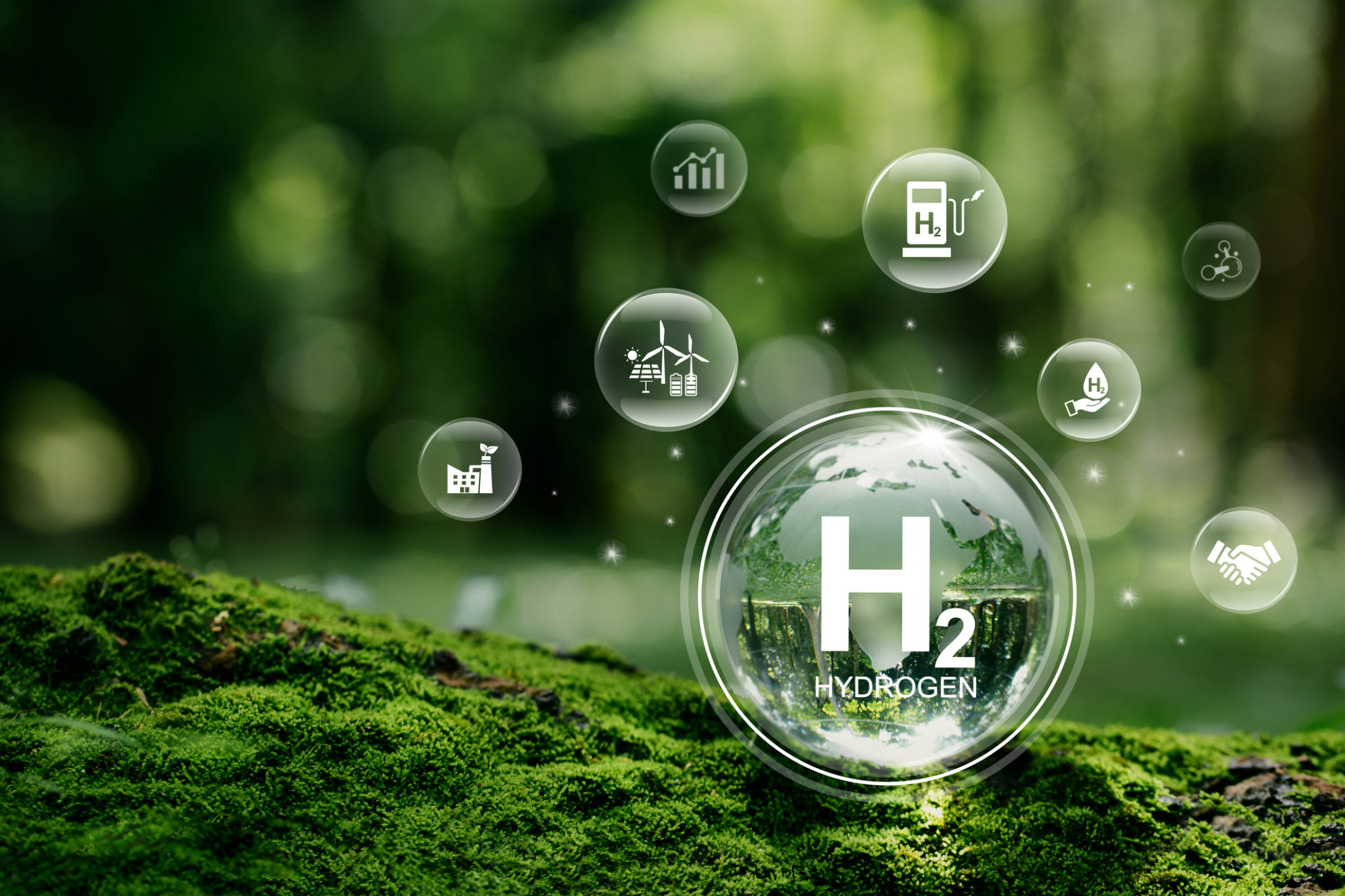EUs hydrogen bank: Terms and Conditions for second auction round released
The European Commission published the final terms and conditions for the second round of the Innovation Fund hydrogen auction, expected to be launched 3 December 2024, and closed February 2025, with a total budget of 1,2 billion euro. The final terms and conditions take into account the feedback received in the written public consultation and stakeholder event held in June 2024. The terms and conditions will be supplemented by the forthcoming call for proposal and its annexes.

In large, the system with an auction as the basis for grants is the same as it was for the first round of auction for hydrogen production, launched 23 November 2023 and closed 8 February 2024. This means that the support will again be based on a fixed premium payment upon verified and certified production for a maximum period of 10 years. Eligible entities for support are RFNBO hydrogen producers in any EEA country, and for the maritime topic, there is a requirement that the majority of the supply is directed towards off-takers in the maritime sector.
Some of the main updates to this round include a reduction in the ceiling price from 4,5 euro per kg hydrogen produced to 4 euro per kg hydrogen produced. Further, in addition to the maximum time to entry into operations of 5 years, a new element is added in this round requiring applicants to meet an intermediate milestone of financial close within 2,5 years. If these milestones are not met, the support contract will be terminated and cause the call of the completion guarantee by the European Commission. The completion guarantee has been increased from 4% to 8% of the requested grant amount.
In this round, there will be two topics subject to separate competitive bidding procedures. One topic will be general, to support the production of RFNBO hydrogen regardless of the sector in which it will be consumed. The largest part of the grants is to be directed towards this topic, around 1 billion EUR. The second topic is specific for the production of RFNBO hydrogen to be used in the maritime sector. For this topic, around 200 million EUR is indicated as the sum. The special topic for production of RFNBO hydrogen for use in the maritime sector is a follow up of the revised EU ETS Directive, which was extended to cover maritime transport as of 1 January 2024. In the revision, it was agreed that 20 million allowances would be deployed by the Innovation Fund by 2030 to support the decarbonization of the maritime sector through dedicated topics and by supporting technology solutions such as sustainable alternative fuels.
New resilience criteria have been introduced for this second auction. The intention is to achieve security of supply of essential goods and contribution to EUs achievement of the objectives in the Net Zero Industry Act (NZIA) regarding the manufacturing capacity of net-zero technologies to meet at least 40% of the EUs annual deployment needs by 2030. Specifically, projects must limit the sourcing of electrolyzer stacks which were assembled, contain cells manufactured or received surface treatment in China to not more than 25% (in MWe) to fulfill this criterion. This, and further information on the electrolyzes to be used in the project, must be put forward at the bidding stage as part of the electrolysis procurement strategy.
Other qualification requirements cover the presentation of a renewable energy sourcing strategy, hydrogen off-take and price hedging strategy, evidence of processes towards relevant authorities regarding environmental permits and grid connection permits if relevant. The project must also put forward a feasibility study contributing to the assessment of the maturity of the project at the moment of application, and a letter of intent for a completion guarantee from a bank or other financial institution. Finally, before a project can enter into operation, it must demonstrate compliance with ISO 22734:2019 safety standard and deliver a cybersecurity plan.
The full overview of the terms and conditions can be found here. The EU Commissions A&Q for the terms and conditions provide further insight, and can be found here.


